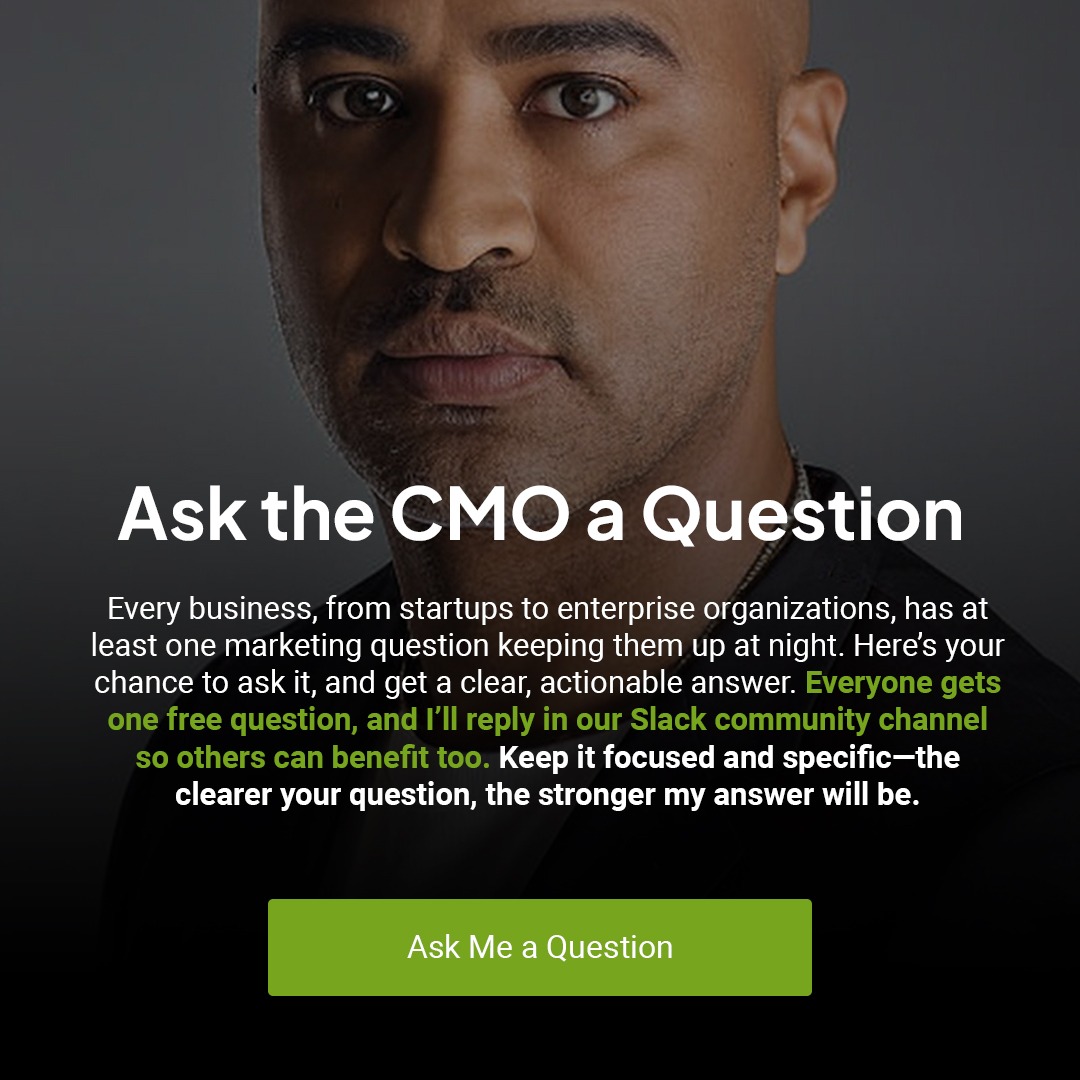The phrase “Move fast and break things” was famously adopted by Facebook as an internal motto until 2014. It symbolized a philosophy where speed and experimentation were prioritized over polished, finished products. This approach encouraged agile development: launching products quickly, collecting user feedback, and improving the experience along the way. This ethos fueled tech innovation for many years, particularly in the startup world.
But is this approach still viable in today’s environment, where consumers have higher expectations and the competition is relentless? Or are startups at risk of losing out if they don’t deliver a product that meets users’ expectations right from the start?
The Origins of “Move Fast and Break Things”
Facebook’s use of “Move fast and break things” prioritized speed over perfection. Mark Zuckerberg’s intention was clear: don’t wait until everything is flawless; roll out innovations quickly and worry about refining them later. For a while, this worked exceptionally well. Facebook grew exponentially as the team experimented, pushed boundaries, and fixed problems as they arose. The tech industry followed suit, adopting the mantra in a world where being first to market could make or break a company.
This idea aligned perfectly with the core principles of agile development—continuous iterations, fast releases, and feedback loops. The motto quickly became a rallying cry for tech startups around the world, encouraging founders and developers to ship products swiftly to capture early market share.
But then things changed.
The Shift in Expectations
Consumers today have access to more products and services than ever before. They’re accustomed to sleek, intuitive user interfaces and seamless user experiences. Tech giants like Apple and Google have set an incredibly high bar for what users expect from digital products. In this hyper-competitive landscape, even a small misstep can result in consumers abandoning a product.
Startups are now grappling with this shift and, at the same time, moving fast and breaking things. While once an exciting and effective way to capture market share, it can alienate users if the product could be more impressive upon launch. Many users won’t stick around waiting for improvements—they’ll just move on to the next option.
The Cost of Half-Baked Products
I’ve worked with several CEOs who embody the “move fast and break things” mentality, rolling out brilliant but half-baked ideas. When these products launch, they often attract initial attention, but acquisition rates quickly drop off as users become underwhelmed by the rough, unfinished experience. These CEOs are left frustrated, wondering why their innovative ideas aren’t gaining traction. They believe in the vision, but the execution falls short, leaving users dissatisfied.
For instance, I’ve seen products that launch with glaring bugs, poor user interfaces, or incomplete feature sets. Early adopters sign up, but the engagement drops significantly after the first interaction. The reason is simple: in today’s market, users won’t tolerate a subpar experience, even if the product has the potential to improve later on. It’s no longer enough just to get something out there quickly and patch it as you go.
The competitive landscape has become so brutal that even minor hiccups can cause irreparable damage to a brand’s reputation. The move-fast and break-things approach worked in an era when digital product expectations were lower. But today, the risk of moving too fast is losing users who are unwilling to wait for you to fix things.
When Speed Can Backfire
There’s a delicate balance between speed and quality. While it’s true that capturing market share quickly in a startup’s early days is crucial, doing so with a half-baked product can lead to long-term damage. You run the risk of losing credibility and trust with your early adopters—arguably the most important audience for a new product. These users are not only providing feedback but also sharing their experiences with others. If their first impression is negative, that reputation can spread quickly.
There’s another danger: the vicious cycle of constant firefighting. When a product is rushed to market, you often end up spending more time fixing issues than you would have if you had taken a little longer to get it right the first time. This reactive mode can distract from building new features or improving the core offering, leaving your team perpetually behind and your product unable to meet users’ evolving needs.
Is There a Middle Ground?
The core of the debate comes down to one question: Is it better to develop something that’s incredibly simple but really well-polished, or is it better to move quickly, break it, and roll out a half-baked version just to get users interacting with it?
There’s no one-size-fits-all answer, but there are strategies that can help find the right balance:
- Minimum Viable Product (MVP), but polished (MAP): Instead of rolling out an incomplete full product, focus on a highly polished MVP. This allows you to ship quickly but ensures that the core functionality is smooth, reliable, and user-friendly. Consumers are more forgiving of a limited feature set if what’s available works well. I like to call this a Minimum Awesome Product (MAP).
- Test Internally, Release Externally: Before launching a product to a wide audience, rigorously test it internally and with a small group of beta users. Gather feedback, fix major pain points, and refine the user experience before a full-scale rollout.
- Iterate with Care: It’s still important to move fast, but breaking things shouldn’t mean delivering a poor user experience. Based on user feedback, prioritize fixes and improvements, but ensure the initial experience is solid enough to retain early adopters.
When Is “Good Enough” Actually Good Enough?
There’s another side to this debate: the quest for perfection can also be a trap. Some companies get stuck in endless development cycles, trying to polish every feature to the nth degree before they launch. This can lead to missed opportunities, as faster competitors capture the market first.
Knowing when your product is “good enough” to ship is key. It might be time to go live if the core experience is solid and you’ve addressed any major usability issues. Launching with a polished MVP that meets basic user expectations allows you to get valuable feedback without disappointing your audience.
However, there is a threshold, and it’s lower than it used to be. In a world where development costs have come down, and user expectations have skyrocketed, the bar for “good enough” is significantly higher than it was a decade ago. If your product isn’t meeting that bar, it’s at risk of failure.
The Evolution of “Move Fast and Break Things”
Interestingly, Facebook itself evolved beyond the “Move fast and break things” motto. In 2014, Zuckerberg replaced it with a new mantra: “Move fast with stable infrastructure.” This shift reflected the changing landscape of tech product development. The social network had grown so large that the original motto was no longer practical. Speed was still important, but it had to be balanced with reliability.
This shift signals a larger change in the tech industry. Moving fast is still essential, but breaking things can’t come at the cost of user trust. In today’s world, stability, polish, and a seamless user experience are just as critical as speed.
Conclusion: Is the Motto Still Relevant?
The “Move fast and break things” mentality worked in an era when consumers were more forgiving of rough edges. But today’s users demand more. While the ethos of moving quickly and iterating based on feedback is still valid, it’s no longer enough to launch half-baked products. The competitive landscape is too fierce, and user expectations are too high. In today’s tech world, moving fast with a polished MVP rather than a half-baked product is better. A balanced approach—shipping quickly but ensuring the core experience is excellent—will allow startups to capture market share without alienating their early adopters. This hybrid approach blends the best of both worlds: agility and quality.
Keep Reading
Want more? Here are some other blog posts you might be interested in.
Your customers expect to be tricked (unfortunately). They have seen bait pricing. They have fought to cancel. They have waited on ...
Confusing a launch plan with a GTM strategy is one of the fastest ways to stall growth. A launch plan gets ...
On Monday, October 20, 2025, Amazon Web Services experienced a major incident centered in its US-EAST-1 region. The problem began in ...
For founders and growing companies
Get all the tips, stories and resources you didn’t know you needed – straight to your email!




